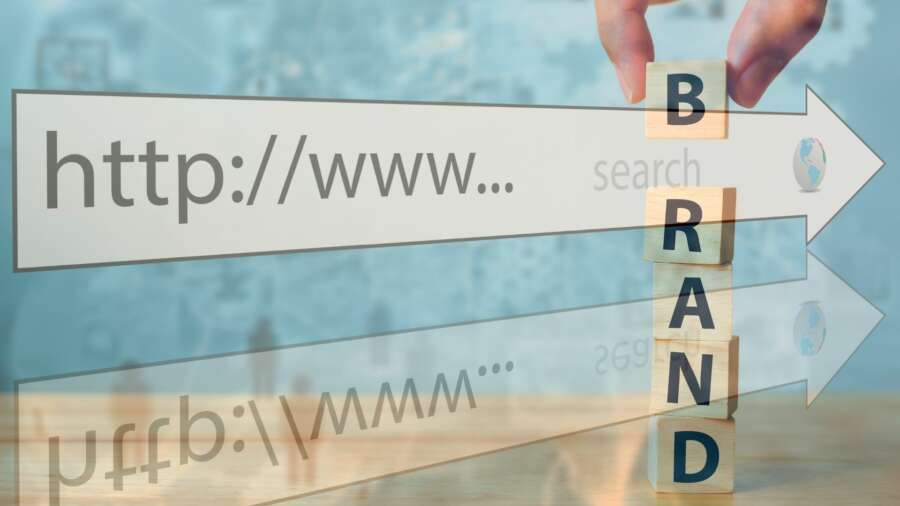
By Mark Caddle is a partner and trade mark attorney at European intellectual property firm, Withers & Rogers.
With an increasing number of brands opting to do business online, cybersquatting is becoming more prevalent. Domain names are tweaked and website formats copied in an attempt to fool customers that they are dealing with a reputable and established business, when in fact they may not be. So, how can brand owners prevent cybersquatters from exploiting their success?
Cybersquatting is a term used to describe the actions of a third party who seeks to register and use internet domain names that are the same or similar to trade marks, service marks or company names. This is typically done either to divert traffic to their own site or in some cases, sell the domain name back to the original brand at a higher price. If the third party is doing this to confuse consumers into thinking they are linked to the original brand, cybersquatting can also constitute a form of ‘passing off’.
The first cases of cybersquatting occurred in the early days of the internet, before many businesses understood the importance of owning a domain name. Since then, businesses have come a long way in protecting their intellectual property by introducing strict cybersecurity measures. However, the significant increase in remote working during the pandemic, which may have caused some security measures to be relaxed, has created an opportunity for cybersquatters. Alongside this, the increased demand for online shopping and services, has also left retailers more vulnerable.
Property portal, Rightmove, recently found itself a victim of cybersquatting when a website using the domain name – ‘righttrade.uk’ – was discovered by its users. The site not only had a strikingly similar domain name, but also featured clear visual and content similarities. Rightmove lodged a domain name dispute with the ‘.uk’ domain name registry, Nominet, in an attempt to force the site’s closure. Using Nominet’s dispute resolution services Rightmove was able to establish that the ‘righttrade.uk’ domain name was an ‘abusive registration’ that infringed its trade mark rights.
The outcome of this case is good news for brand owners, as it demonstrates that the dispute resolution system is effective, even in situations where the name being used by the cybersquatter is not identical. The importance of protecting a domain name or website can still be overlooked however and businesses continue to unwittingly fall victim to cybersquatting. As cases increase, brand owners should take steps to protect their website and exclusive branding online.
First and foremost, businesses should ensure that their branding, as used on their website and in domain names, is protected by trade mark registration. When registering a domain name, it is also a good idea to begin building a portfolio of defensive domain name registrations. This includes domain names that feature common misspellings or typographical errors. Registering a domain name costs very little compared to recovering one from a cybersquatter, so establishing a defensive portfolio makes sense.
The next step would be to introduce a policy that clearly details what the brand’s processes are if cybersquatting occurs. Some businesses may choose to have an internal process in place, which consists of a team dedicated to looking out for cyber breaches, including copycat websites. Other businesses may enlist a domain name watching service to flag infringements as they arise.
If some evidence of cybersquatting is detected, the brand owners should attempt to make contact with the individual responsible. However, this may not be possible as contact details for domain owners are not always available. If this is the case, matters may need to be taken further and domain name complaints potentially submitted to the relevant authorities.
When embarking on a disputes process, brand owners must be able to prove the copycat site is in breach of their earlier trade mark rights. In most cases, the breach revolves around the use of an identical or confusingly similar domain name. However, the layout, colour palette and content of the website can also be taken into consideration. If it can be proven that the unauthorised registrant has breached the rules deliberately or is acting in bad faith, this is classed as an abusive registration and the brand owner’s claim is likely to be successful.
The disputes process is not overly expensive and it typically takes a few months to reach a resolution, with court proceedings taking far longer. If the brand owner’s claim is successful, they can choose whether they would like to take ownership of the fake domain or have the site delisted. The latter option does come with the risk of another cybersquatter purchasing the domain in the future, requiring the brand owner to bring another dispute, so taking ownership of the domain is often the best option.
The increased risk of cybersquatting highlights the importance of trade mark and domain name protection. With more business being done online, the opportunity for cyber criminals is growing. Brands with trade marks and other IP rights must be prepared to enforce them in order to protect their exclusivity and stop cybersquatters from exploiting their commercial success.


